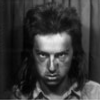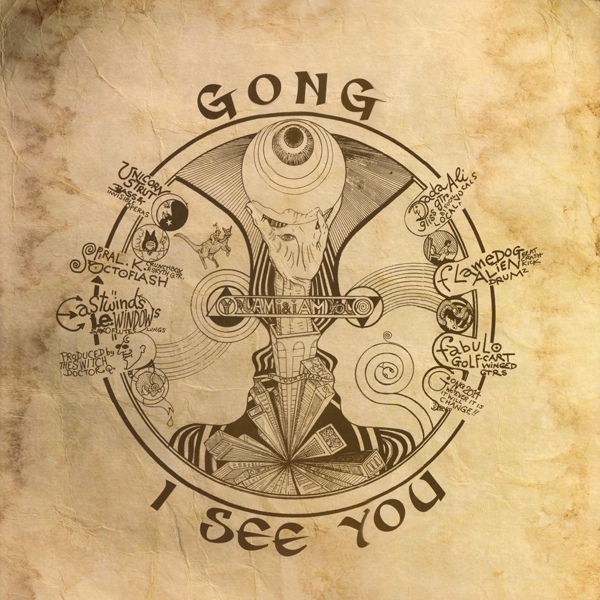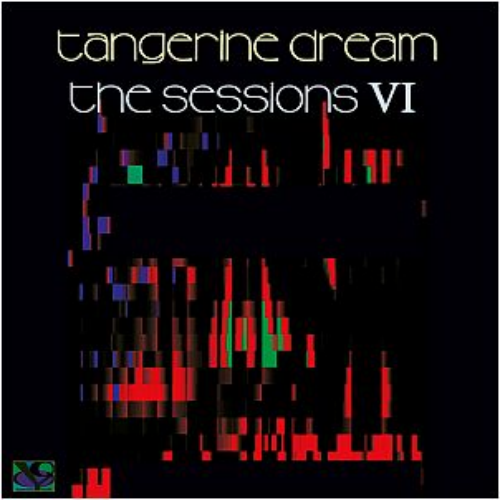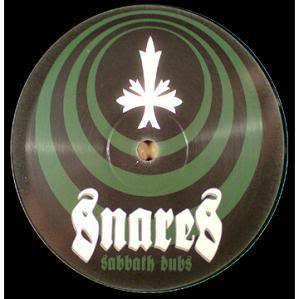Label: The Grey Area of Mute Format: 2CD
 Ah, Industrial music before the word Industrial became synonymous with Heavy Metal! Earlier/Later is the second album of Richard H Kirk‘s archive tracks from The Grey Area of Mute, the first being Digital lifeforms Redux in his Sandoz guise. As with that album’s second disc, this compilation contains previously unreleased material, including a cover of Can‘s “I Want More” which is given the full Donna Summer/Giorgio Moroder Electro treatment.
Ah, Industrial music before the word Industrial became synonymous with Heavy Metal! Earlier/Later is the second album of Richard H Kirk‘s archive tracks from The Grey Area of Mute, the first being Digital lifeforms Redux in his Sandoz guise. As with that album’s second disc, this compilation contains previously unreleased material, including a cover of Can‘s “I Want More” which is given the full Donna Summer/Giorgio Moroder Electro treatment.
A friend of mine once said “Oh, Cabaret Voltaire, they’re like Depeche Mode aren’t they”. Yes and no. For a moment in the mid Eighties they crossed paths. The feeling is totally different, though. Even when God is given a severe ticking off on Blasphemous Rumours Depeche Mode are never as dark or aggressive as Cabaret Voltaire. The difference? Depeche Mode say dark things, Cabaret Voltaire sound dark. The roots are also different. There is never any chance that if you scratch beneath the surface you’ll find something rather twee – as with Depeche Mode. Cabaret Voltaire never had the kitchness, having emerged from experimental noise rather than candy-floss Pop. Although this CD is Richard H Kirk’s solo work, the distinctions between his solo work and his work with Cabaret Voltaire are blurred at points. This is inevitable as he is the electric half of Cabaret Voltaire along with vocalist Stephen Mallinder.
This compilation is more representative of both Richard H Kirk’s personal development and the development of Cabaret Voltaire. Earlier/Later begins with the Dadaesque experiments of the mid Seventies and covers the Electro rhythms of the 80s. Dark unsettling analogue noises and early drum machines clash together in tracks from the seventies like Venusian Electrodes. Hell is Here sounds like a barrage of Faustian free form noise created with electronics and effects. “Concerto for Damaged Piano” has all the lofi charm of the Second Annual Report of Throbbing Gristle. Kirk’s music from the early 80s is harsh and disorientating, dark narcotic sounding Electropop experiments. Beat is ubiquitous, but the drones and industrial noise of the 70s are still there as in “Immaculate Riot”. By the mid 80s he has armed himself with even bigger drum machines and even bigger synths. This is partly down to technology, as by then drum machines had real thump. Kirk’s music in this era has as much energy as Front 242 and a whole lot more funk.
-ap-



